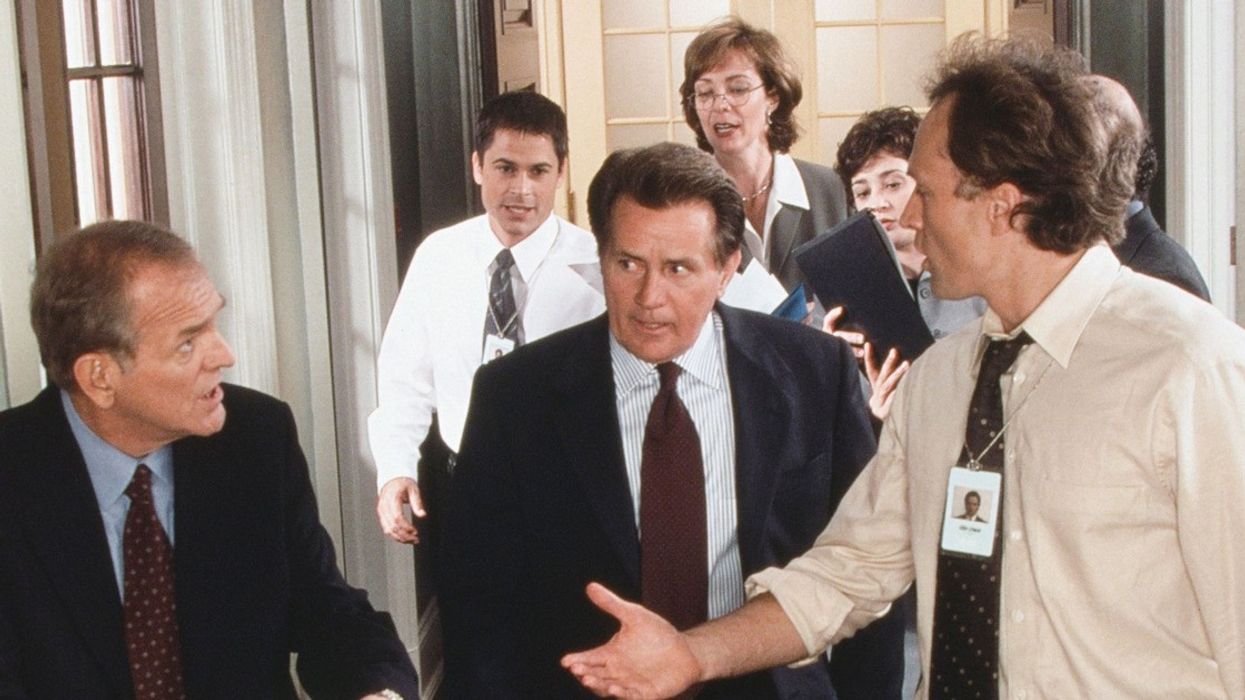Can Writing Great Dialogue Be Taught?
Writing is instinctual, yet practice certainly improves your work. Does it also apply to dialogue?

Have you ever heard of someone having an 'ear for dialogue'?
When writing a film or tv show, the story comes first, but once writers know what happens they populate the story with dialogue. Story and plot are often the results of study and hard work. Dialogue on the other hand, is considered to be almost more of a 'knack' which suggests that some people have it, and some people don't.
Uh oh.
What if you don't!
Don't worry. Today we're trying to figure out if learning to write great dialogue is indeed possible.
Check out this video from Tyler Mowery and we'll discuss the tips after the jump.
Can you learn how to write good dialogue?
The answer is... kind of.
I come from the school of thought that you can either write, or you can't. Still, there are useful things to help finesse what you put onto the page.
Dialogue is the language spoken by characters that moves a screenplay forward and moves a character toward their goal. Ever since sound was introduced to movies, it's been critical. While I think most writing comes from listening and learning, I do think there are tips that can help you tackle dialogue as you write.
Dialogue Writing Lessons
1. Focus on Context: What do they want? What do they believe?
Dialogue has to be spoken by someone. Guess what?
You created these characters, now you have to put words in their mouths. The most fun thing about developing characters is finding their voice. So think about where these characters came from. What made them who they are?
Now, figure out how that person would talk.
I like to go out into the wild to meet people who would be like my characters. Go visit a doctor, try to track down an astronaut, and at the very lease hit up YouTube to find examples too.
2. Follow David Mamet's 3 Questions
One of the coolest tips in the video is hearing how David Mamet attacks his dialogue. He doesn't use some weird mental tactic, he just asks himself direct questions:
- Who wants what?
- What happens if they don't get it?
- Why now?
Mamet uses these questions to build dialogue in every scene. They're great ways to make sure you're not overwriting dialogue and ways to make sure each scene doesn't ramble on and on. Dialogue isn't there to be window dressing or to waste time. It's there to move your story.
3. Trust your instincts
As I mentioned in the beginning, the dialogue comes from you. You can imitate anyone you want but at the end of the day, screenwriting is about developing your voice. You create how people sound and how they talk. You can learn to hide exposition, but the rest of it has to come from you.
Trust the dialogue you put on the page. Learn and write with confidence.
4. Add action
When I sit to write, I go at it from the purpose. Once I know what I need from the scene, I orchestrate dialogue like a dance. Much like in real life, I try to have characters work around what they want. then have the circumstances pull it out of them.
One of the easiest ways to make dialogue feel natural is to add an action.
Maybe a character is doing the dishes, or playing with a straw, or hitting baseballs, but the dialogue always sounds better to me when people are doing something in tandem. I mean, how often do you just sit and talk to someone?
At least give me a walk and talk!
Or a glass of milk!
5. Practice again and again
Chances are you're not going to be perfect overnight. Writing takes practice!
Whether you have some natural knack for it or not, we all can improve. Each story we write should push us and expand our talents.
The best thing you can do to learn to write dialogue is just to sit down and write a ton of screenplays. Everyone sucks at the start, but the more you write, listen, and even try some f these tips, the better your screenplays and dialogue will be.
So can you learn to write better dialogue? We think so!
What's next? Learn more about dialogue!
Learning how to write dialogue that conveys plot and jumps off the page by studying the best dialogue examples.
Click the link to learn more!
Source: Tyler Mowery














